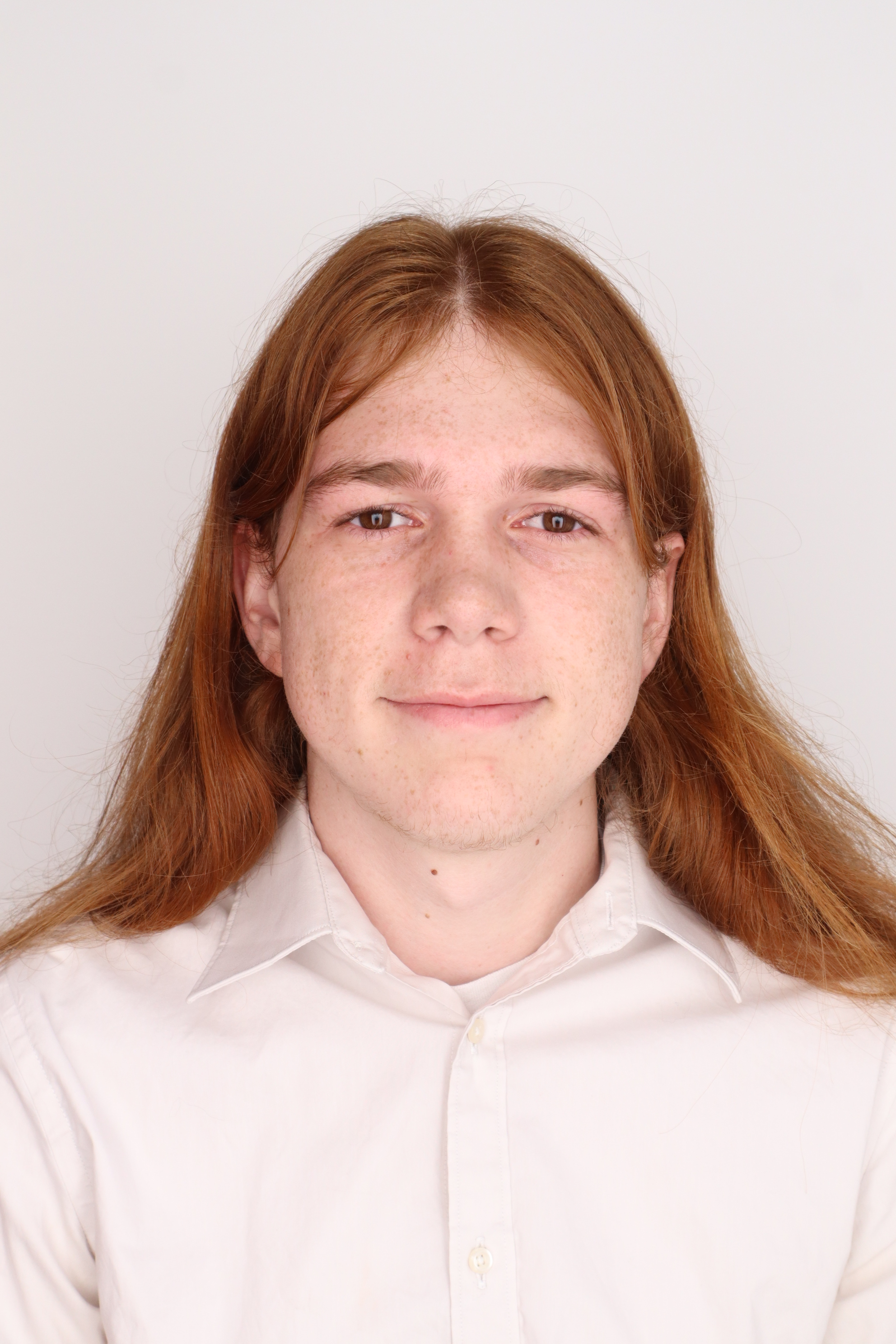Research Symposium
24th annual Undergraduate Research Symposium, April 3, 2024
Scott Conrad Poster Session 4: 2:45 pm - 3:45 pm /370

BIO
My name is Scott Conrad, I am an first-year student at Florida State University seeking a BS degree in Chemistry. My research project is in the field of photochemistry studying the photodimerization of Anthracene. I am very interested in chemistry, specifically organic, but enjoy all sciences as well as religious studies and philosophy. When I'm not in the lab or in class, I enjoy spending time with my family, reading novels, and exploring strange music genres. After university, I plan to go on to get my MD or PhD.
The Photodimerization of Anthracene-9-d₁
Authors: Scott Conrad, Jack Saltiel PhDStudent Major: Chemistry
Mentor: Jack Saltiel PhD
Mentor's Department: Chemistry and Biochemistry Mentor's College: Arts and Sciences Co-Presenters:
Abstract
The photodimerization of the aromatic hydrocarbon anthracene is one of the oldest known photochemical reactions, first noted by Frietzsche in 1867; the singlet excimer forms through two pathways, the singlet pathway, and the triplet pathway, achieved through direct irradiation and triplet sensitized irradiation respectively. The secondary deuterium kinetic isotope effect (KIE) is the effect of a deuterium substituted for a hydrogen adjacent to the bond breaking/forming carbon. In this project, we aim to study the photodimerization when deuterium substitutes hydrogen at the carbon-9 position in anthracene to reveal notable KIE or hyperfine interaction (hfi) effects, effects caused by interactions between the magnetic fields of an electron’s spin and the nucleus’ spin. There may be some hyperfine effect that reduces the rate of reaction of the deuterated Anthracene due to hydrogen’s much higher magnetic moment than that of deuterium. We began by preparing solutions of anthracene and d-anthracene at equivalent concentrations in d-dichloromethane and directly irradiated both in a merry-go-round apparatus with a 313nm filter solution. The samples were irradiated for 5-minute intervals before being scanned in a ¹H NMR at set time intervals to track concentration loss over time. The direct irradiation showed no signs of a hyperfine effect and the difference in rates of dimerization between the two was negligible, however the ratio of head-to-head and head-to-tail isomers in the deuterated product were notable, one isomer formed much more than the other as opposed to the 1:1 ratio that was expected.
Keywords: chemistry, photochemistry, organic chemistry


